IGLOO的FPGA構成的馬達控制方案
本文介紹了IGLOO系列主要特性和優勢,IGLOO系列架構框圖以及采用AGL125的馬達控制子板主要特性,步進馬達控制邏輯方框圖,BLDC馬達控制邏輯方框圖以及馬達控制子板電路圖和材料清單。
Actel公司的IGLOO系列FPGA是采用Flash Freeze技術的低功耗閃存FPGA,它基于130nm閃存工藝,具有最低功耗,單片解決方案和小占位面積的封裝,可重新編程以及豐富的其它特性,核電壓1.2 V -1.5 V,支持低功耗和單電壓系統工作,Flash Freeze模式的功耗為5uW,系統門從15K到100萬,多達144kb的雙端口SRAM和多達300個用戶I/O,可滿足消費品,工業,醫療,汽車電子,計算,通信和軍用航天領域的便攜產品對低功耗的需要。
IGLOO系列主要特性和優勢:
Low Power
? 1.2 V to 1.5 V Core Voltage Support for Low Power
? Supports Single-Voltage System Operation
? 5 μW Power Consumption in Flash*Freeze Mode
? Low Power Active FPGA Operation
? Flash*Freeze Technology Enables Ultra-Low Power Consumption while Maintaining FPGA Content
? Easy Entry to / Exit from Ultra-Low Power Flash*Freeze Mode
High Capacity
? 15 k to 1 Million System Gates
? Up to 144 kbits of True Dual-Port SRAM
? Up to 300 User I/Os
Reprogrammable Flash Technology
? 130-nm, 7-Layer Metal, Flash-Based CMOS Process
? Live-at-Power-Up (LAPU) Level 0 Support
? Single-Chip Solution
? Retains Programmed Design When Powered Off
? 250 MHz (1.5 V systems) and 160 MHz (1.2 V systems) System Performance
In-System Programming (ISP) and Security
? Secure ISP Using On-Chip 128-Bit Advanced Encryption Standard (AES) Decryption (except ARM?-enabled IGLOO? devices) via JTAG (IEEE 1532–compliant)?
? FlashLock? to Secure FPGA Contents
High-Performance Routing Hierarchy
? Segmented, Hierarchical Routing and Clock Structure
Advanced I/O
? 700 Mbps DDR, LVDS-Capable I/Os (AGL250 and above)
? 1.2 V, 1.5 V, 1.8 V, 2.5 V, and 3.3 V Mixed-Voltage Operation
? Bank-Selectable I/O Voltages—up to 4 Banks per Chip
? Single-Ended I/O Standards: LVTTL, LVCMOS 3.3 V / 2.5 V / 1.8 V / 1.5 V / 1.2 V, 3.3 V PCI / 3.3 V PCI-X,and LVCMOS 2.5 V / 5.0 V Input?
? Differential I/O Standards: LVPECL, LVDS, B-LVDS, and MLVDS (AGL250 and above)
? Wide Range Power Supply Voltage Support per JESD8-B, Allowing I/Os to Operate from 2.7 V to 3.6 V
? Wide Range Power Supply Voltage Support per JESD8-12, Allowing I/Os to Operate from 1.14 V to 1.575 V
? I/O Registers on Input, Output, and Enable Paths
? Hot-Swappable and Cold-Sparing I/Os?
? Programmable Output Slew Rate? and Drive Strength
? Weak Pull-Up/-Down
? IEEE 1149.1 (JTAG) Boundary Scan Test
? Pin-Compatible Packages across the IGLOO Family
Clock Conditioning Circuit (CCC) and PLL?
? Six CCC Blocks, One with an Integrated PLL
? Configurable Phase Shift, Multiply/Divide, Delay Capabilities, and External Feedback
? Wide Input Frequency Range (1.5 MHz up to 250 MHz)
Embedded Memory
? 1 kbit of FlashROM User Nonvolatile Memory
? SRAMs and FIFOs with Variable-Aspect-Ratio 4,608-Bit? RAM Blocks (×1, ×2, ×4, ×9, and ×18 organizations)
? True Dual-Port SRAM (except ×18)?
ARM Processor Support in IGLOO FPGAs
? M1 IGLOO Devices—Cortex?-M1 Soft Processor Available with or without Debug
圖1。IGLOO系列架構框圖(AGL015, AGL030, AGL060和AGL125)
馬達控制子板
The Motor Control daughtercard provides a design reference and evaluation kit for motor control using Actel’s ultra-low power IGLOO? FPGAs. This daughtercard, co-developed with Actel and Ishnatek, is available exclusively from Avnet Memec. The board is designed to work with Actel’s IGLOO Icicle? Kit (ordered separately) and attaches to the Icicle kit’s accessory board edge connector.
馬達控制子板主要特性:
? Supports
Stepper Motor (4-Wire Configuration)
Full Step / Half Step Mode
Micro Step Mode (Trapezoidal Option)
8 / 16 Microsteps
Brushless DC (BLDC) Motor (Three Phase BLDC Motor)
Sensored Drive
? Using Hall Effect Sensors provided on Motors
? Direction Control – Clockwise or Counterclockwise Rotation
? Basic Functions
Start
Stop
Step ( Full or Half Stepping in case of Stepper Motor)
RPM+/RPM- (Increase/Decrease RPM)
Digital Control Features
? Support Two PWM Modes
PWM on high side of Mosfet Bridge
PWM on low side of Mosfet Bridge (Available but not supported)
? Hardware/Software Control
Access to all above features through keys/switches on board
Equivalent controls are provided also through software
Software Interface using on-board USB-to-RS232 bridge on Icicle
? High Output Current up to 2 A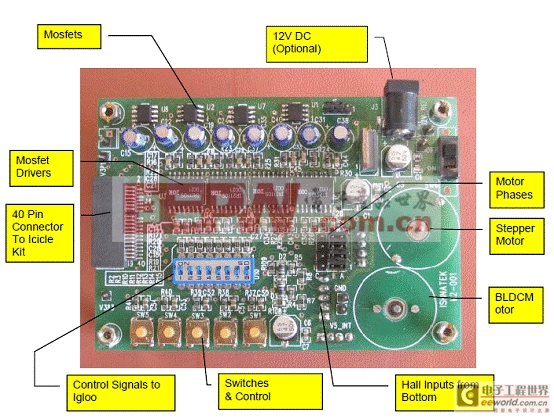
圖2。馬達控制子板外形圖
圖3。步進馬達控制邏輯方框圖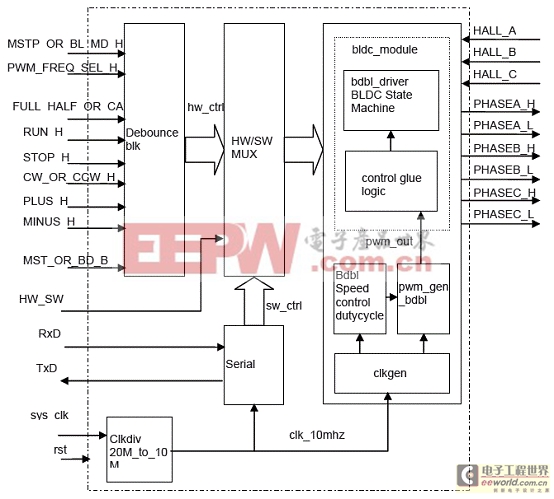
圖4。BLDC馬達控制邏輯方框圖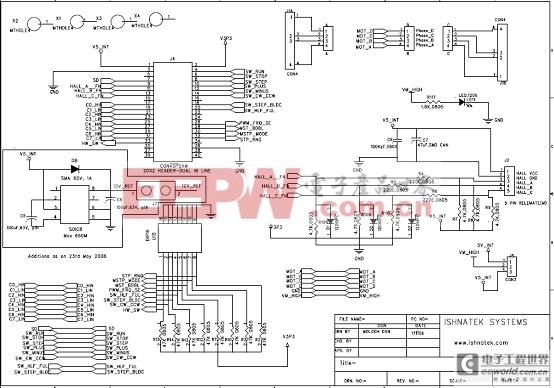
圖5。馬達控制子板電路圖(1)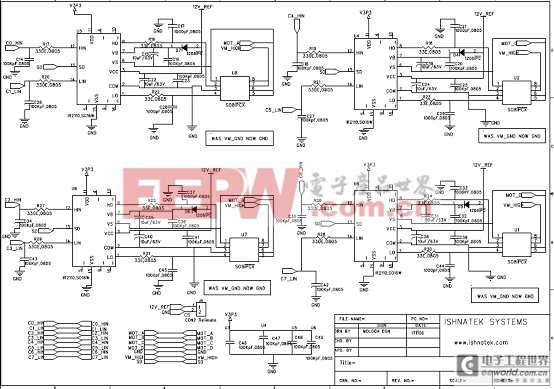
圖6。馬達控制子板電路圖(2)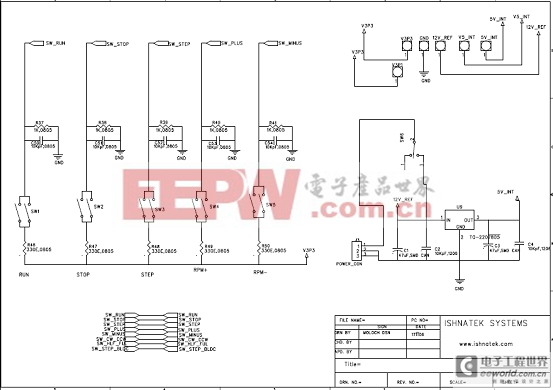
圖7。馬達控制子板電路圖(3)
馬達控制子板材料清單(BOM):



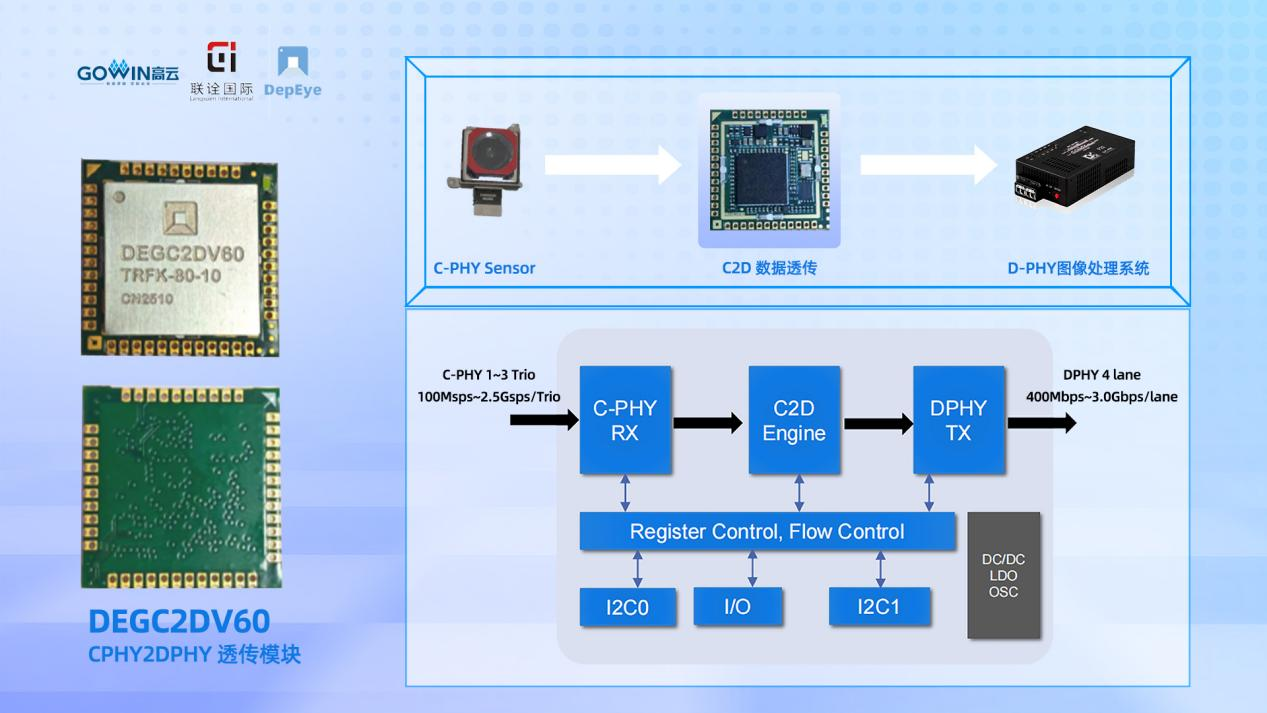
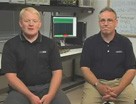




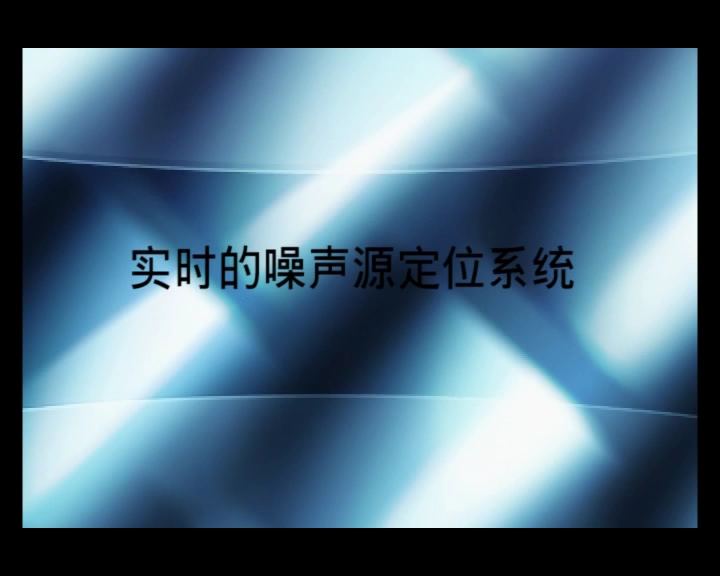
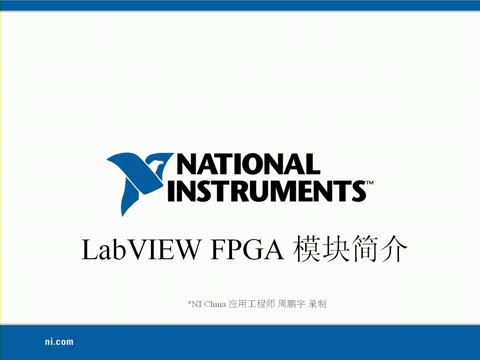



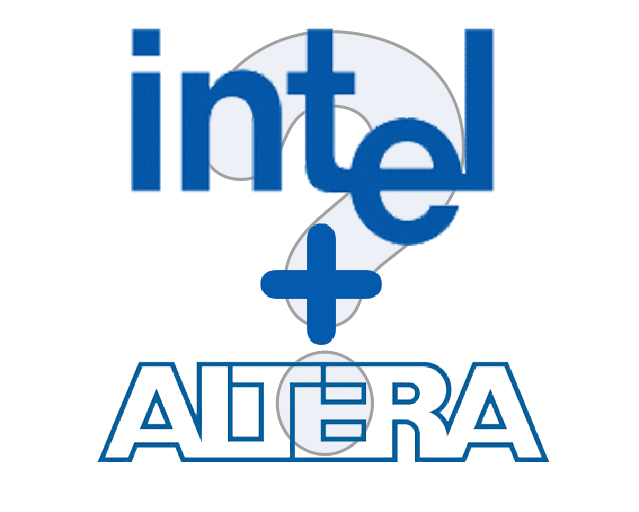
評論